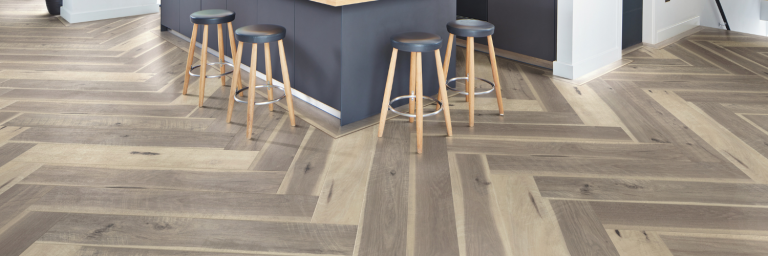Sub floor preparation is a crucial step in the installation process of luxury vinyl tiles (LVT). Without proper preparation, your LVT flooring may not lay flat or could be at risk of damage. Here are a few steps to take to ensure your sub floor is properly prepared for LVT installation:
- Clean the sub floor
Before installing LVT, the sub floor needs to be free of any debris, dirt, or dust. This ensures a smooth and even surface for the LVT to lay on. Sweep and vacuum the area thoroughly, and use a damp cloth to wipe down any remaining dirt or residue.
- Level the sub floor
Uneven sub floors can lead to uneven LVT flooring, which can be unsightly and cause tripping hazards. Use a leveling compound to even out any dips or bumps in the sub floor. The leveling compound should be spread thinly and evenly across the entire floor, following the manufacturer’s instructions.
- Allow for proper ventilation
LVT flooring can expand and contract with temperature and humidity changes. Proper ventilation helps to reduce the risk of this happening. Make sure that the sub floor is well-ventilated by opening windows and doors, using fans or dehumidifiers, or running the HVAC system.
- Address moisture issues
Excess moisture can cause LVT flooring to warp, buckle, or peel. If your sub floor has any moisture issues, they need to be addressed before installation. Use a moisture meter to test the sub floor’s moisture levels. If the levels are too high, you may need to install a moisture barrier or use a specialized adhesive to prevent moisture from seeping through.
- Use the right adhesive
The adhesive you use to install LVT flooring will depend on the type of sub floor you have. If you’re installing LVT over concrete, use a concrete adhesive. If you’re installing over a wood sub floor, use a wood adhesive. Follow the adhesive manufacturer’s instructions carefully to ensure proper installation.
In conclusion, proper sub floor preparation is essential for a successful LVT flooring installation. Cleaning and leveling the sub floor, ensuring proper ventilation, addressing moisture issues, and using the right adhesive will help to ensure a long-lasting and beautiful LVT flooring result.


